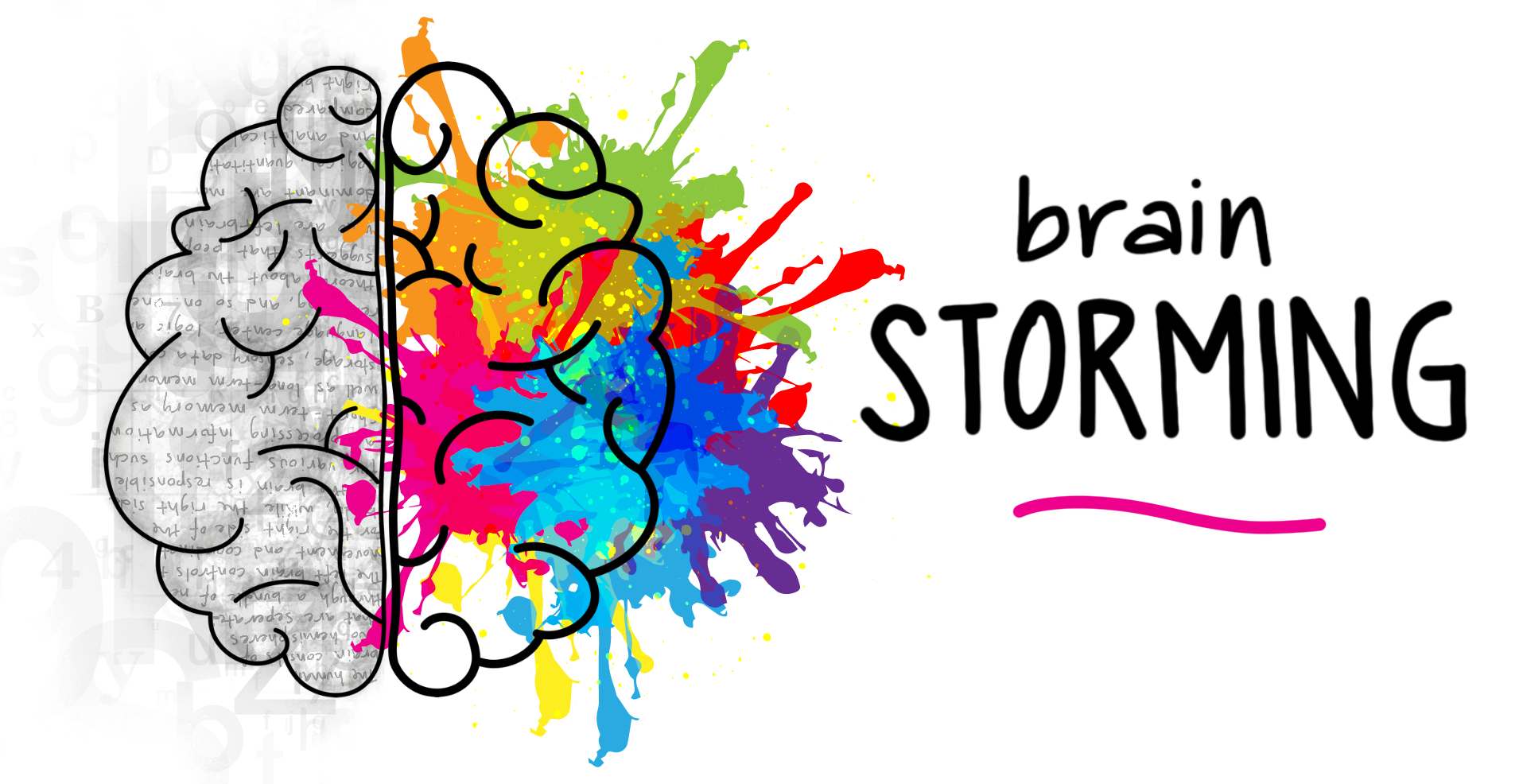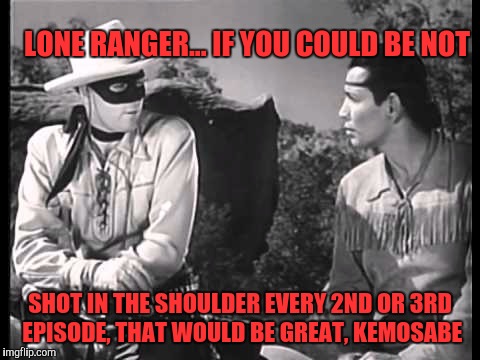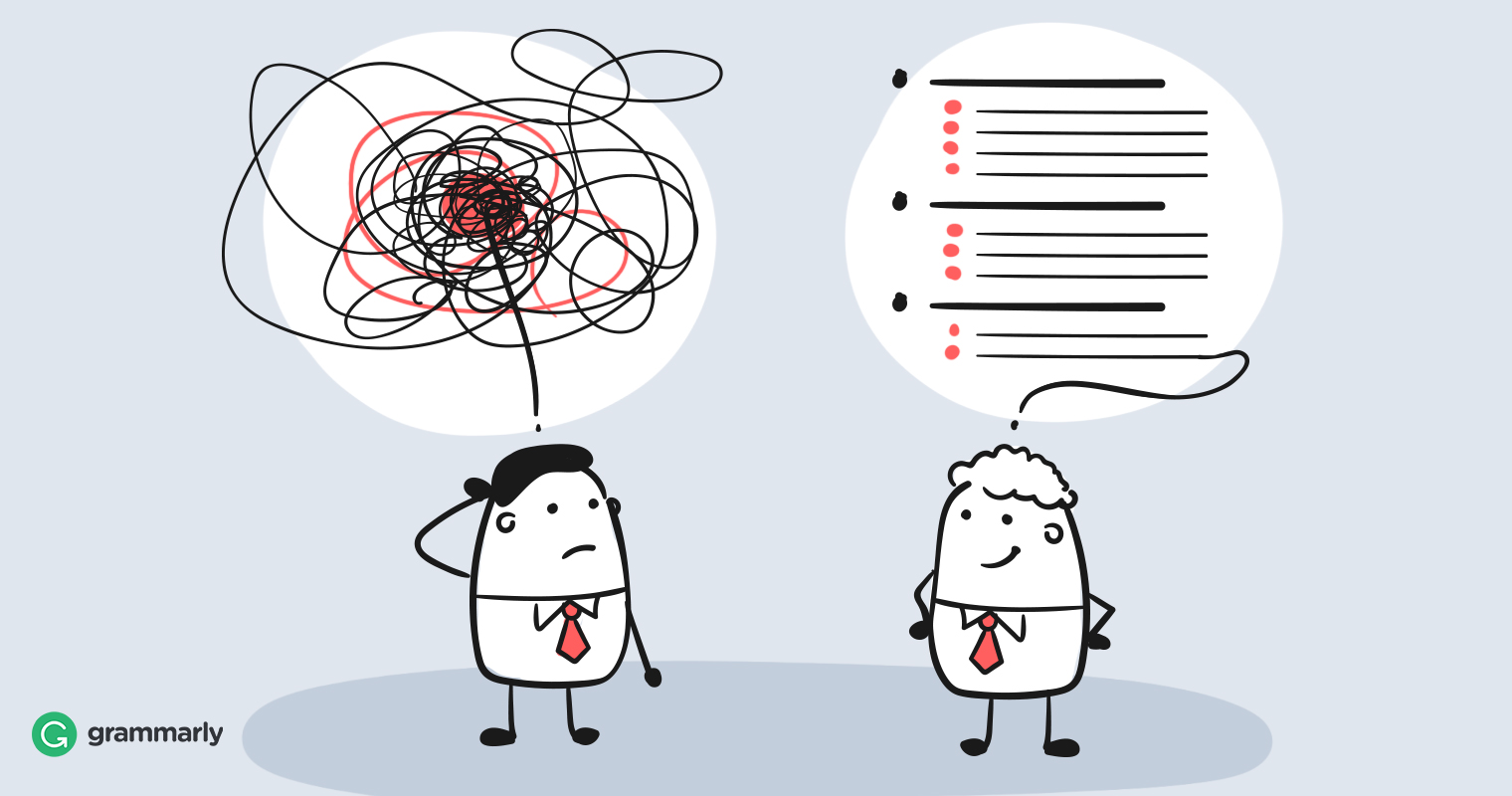
A Sense of Doubt blog post #1914 - brainstorming, pre-writing, outlines for English composition college essays
I am not much for brainstorming with word maps or clusters or looping or any other thinking doodads.
Also, I didn't do outlines for a long time. I have always seen their value. I encourage people to make them. But as a young student, I did not like them. I had to train myself to like them, to make them, and even how to think in outline form.
How did I get started then with any writing project?
I would just write.
Depending on the project, "just writing" may mean just diving in head first and spilling thoughts out of my brain and onto paper, the screen, carving the stone tablet.
For a fiction project with world building, I may do more steps before "just writing"; I may make a lot of notes until I have enough understanding of the world to start writing the story. Then again, with some stories, I just started writing whatever seemed like a good place to start, not always the beginning, a scene I already had in my head, a description. The different approach to starting is always dictated by the project.
After all, as I tell my students repeatedly,
YOU HAVE A COMPUTER!!
This seems like an obvious statement, like "duh" and "so do you Mister Tow.... uh, CHRIS," they may say....but here's what I mean by it.
In the olden days, before the personal computer, we had to carve our school work into stone tablets. At any point in the carving process, if you wanted to add something to a previous tablet page or change something, you had to
RE-CARVE THE WHOLE TABLET!!
This time period caused enough stress just in transporting our school work from place to place. Saddled with dragging gigantic and often rickety carts around campus loaded down with stone tablets -- and stone ain't light weight, kemosabe -- we were miserable, though we were in great shape physically.
STAIRS! I CURSE YOU!!

ANYWAY, in this modern and new-fangled world of Tik Tok, putting people on blast, and digital media experiences, we can manipulate writing as easily as a ctrl-c and a ctrl-v, though we also find ctrl-x and ctrl-z SUPER handy.
Want to add something between paragraphs one and two? No problem. Punching enter emphatically so as to destroy our keyboards more quickly but also to make some space and start typing is step one, then start writing. In the final product, the reader will not even know that you made all those changes unless you foolishly provide them (reader, singular noun, now "them" in non-gender specific world) with the Word document with "full markup" and "track changes" turned on.
So what's my point? Did I get off on a tangent? Not really.
It's easier than ever before to just WRITE and worry about how the writing fits into your end product later.
Recently, I showed my students what I mean by this JUST WRITE method by showing off my own pre-writing for their first essay, here:
A Sense of Doubt blog post #1891 - "Laziness Does Not Exist" and commentary for composition students
Before I did the pre-writing, I read the article for which we were all writing a response essay. And then I did a very important step: I thought about it. I read it a second time. I thought about it some more. I had some ideas. I started writing. I mixed reaction with personal experience with partial summary and took a stab at refuting an obvious counter argument. I didn't worry about writing an essay, a thesis, structure, a full summary, topic sentences, and any of that. I just wrote, and as I wrote, I had more thoughts, so I explored those thoughts, and when I finished, I had about 2000 words of content, many more than the assignment's minimum required length. This "JUST WRITE" process works for me.
I showed my students what to do next if the pursued a similar free write, pre-write journey. I labeled the topics I had generated. I consider how to re-shape my content as I started to build it into an essay. What"parts" had I genereted? How could they fit together? As I explained to my students, I spoke of structure, and I made a tentative thesis statement. From here, I could continue to revise and shape the content into a final form at least for a first draft.
Though this method lends me success, it will not suffice for others. I always have lots of thoughts. I can always spill these thoughts to the page. As I write, I get more thoughts, and so the cycle repeats.
For other student writers, they may need to find the connections. They may need to cluster, map, loop, and/or draw various picture plans of possible areas of investigation before attempting a free write in a pre-writing phase.
Bottom line? Find the method that works best for you.
Now, we're on to essay two. I spoke of this assignment and next steps after deciding a subject in yesterday's video, shared here:
I spoke about brainstorming for this article:
https://www.colorlines.com/articles/we-should-all-be-able-be-ourselves-op-ed
The process for essay two uses a similar beginning as the process for essay one. The work begins with an inspiring item. Unlike essay one, students in English 101 may choose their own inspiring article from a list of articles, a list of sites, or take a chance that I may veto and propose their own from some site not on my list.
My process to prepare to brainstorm and pre-write for this assignment shares similarities with essay one but involves more steps because given the article "We Should All Be Able To Be Ourselves,"
I have to not only educate myself about my subject -- discrimination in America against Sikhs -- but also I need to check my source's reputation for factual accuracy and bias.
I started with a check at
https://mediabiasfactcheck.com/
But COLORLINES has yet to be investigated by Media Bias Fact Check.
So who runs the COLORLINES web site? A non-profit called Race Forward. My initial investigations did not reveal any undue bias, poor factual reporting, or controversy. Race Forward has not been sued or attacked unfairly, though my investigation was quick and cursory.
So, next, I need to understand Sikhism better. I have only the most rough idea about it. I know I am against discrimination of almost any kind -- an exception being discriminating against someone's "right" to kill my family -- and so I am likely to be in agreement that Sikhs should not suffer discrimination, especially since most of the time it's because they are mistaken for Muslims.
So, I need to educate myself some.

https://en.wikipedia.org/wiki/Sikhism
https://en.wikipedia.org/wiki/Sikhism_in_the_United_States
Wikipedia is fine for this minor research as the material I find is likely to be as accurate as anything else.
I also Google search "population of Sikhs" in the world vs. the U.S.
I may try to find numbers of hate crimes against Sikhs in America, especially since 2016, because I need a source that uses data.
I also used our school library to find more sources.
 Can I find other articles opposing discrimination against Sikhs? Can I find any that SUPPORT this bigotry?
Can I find other articles opposing discrimination against Sikhs? Can I find any that SUPPORT this bigotry?Once, I have enough material and have a better understanding of the issue, I can start writing.
Along the way, I will surely make lists of possible topics. But I know I am going to have to define Sikhism in my essay, so I can start by writing that content. Also, I might like to compare hate crimes versus Sikhs with those suffered by other "minorities" in America. Note my quotations around the word "minorities" because it is often a fallacious concept.
My "dive right in" method will take more preparation for this essay. For essay one, I had to just read one article. For this essay, for most subjects, one article will not be enough.
Once I have a head filled with ideas, I can start my pre-writing and begin to assess what takes shape. However, already, as I obtain working knowledge, I am starting to see topics emerge. And I have lots of questions. Are Sikhs discriminated against more than Muslims? More than Jews? What religion suffers the most hate crimes? Who commits these hate crimes? Have hate crimes truly risen since 2016 or is this a liberal media myth meant to castigate the GOP and President Trump? Why do Sikhs wear the turbans? How is that an element of their religious expression that we should protect? Do I agree with protecting the ways in which all people pursue their religions? Or am I all right "discriminating" against some practices that I find horrid, barbaric, or monstrous? Certainly wearing a turban is none of those things but surely denying women the right to higher education or believing that gay people are unnatural and sinful are religious expressions that I vehemently oppose.
And so you can see that I am well on my way to writing an essay that uses the Colorlines article as a launch point but will ultimately take me to religious persecution in general, though perhaps not as the main subject of the entire essay and maybe not even material that will survive to my first draft as I need to stay focused and the Sikh story may be enough.
I am thinking and exploring.
Below, I have included brainstorming, pre-writing, and outlining materials to examine as you, a student, prepare for your own journey on a subject you have selected. Try some of them out.... it's part of your assignment.
Parts of the text below were written by my colleague, the awesome Abbie Leavens.

Brainstorm: This can come in many forms. Accepted methodologies are a list of ideas, a cluster map (web), or a timed free-write (set a timer for five minutes and allow yourself to write without pause with your topic in mind). This writing can be informal.
Here's a bunch of methods to try:
https://writingcenter.unc.edu/tips-and-tools/brainstorming/
https://coschedule.com/blog/brainstorming-techniques/
https://blog.hubspot.com/marketing/creative-exercises-better-than-brainstorming
https://writingprocess.mit.edu/process/step-1-generate-ideas/instructions/brainstorming
https://webwriterspotlight.com/8-brainstorming-strategies-for-generating-new-writing-ideas
https://owl.purdue.edu/engagement/ged_preparation/part_2_lessons_1_5/index.html
https://www.iup.edu/writingcenter/writing-resources/before-you-write/brainstorming/
:max_bytes(150000):strip_icc():format(webp)/getty_clustering-56af949b3df78cf772c66915.jpg)
Prewriting: Once you've established the direction you plan to take your essay, prewriting is a methodology that helps us understand what we already know about our topic/problem/issue, etc. and what we need to research or establish before we're ready to join the conversation. This step of the process will be where your ideas start to find better organization. This writing can be informal.
https://writingcooperative.com/the-first-step-in-the-writing-process-is-prewriting-adbd1a7dd17b
https://www.thoughtco.com/prewriting-stage-of-the-writing-process-8492
https://owl.purdue.edu/owl/general_writing/the_writing_process/prewriting/index.html
https://slc.berkeley.edu/writing-worksheets-and-other-writing-resources/you-start-writing-paper

Outline: A full outline is the penultimate step before sitting down to successfully draft an essay. If done well, it will provide the blueprint you need to build the house. If not done well, it will seem like busy work and will not be a useful tool in the composition of your overall essay. Any needed research and work identified with the above writing process activities should be done before you complete the outline. The outline can follow an alphanumeric format or a sentence-level format .

BONUS VIDEOS - theme music
+++++++++++++++++++++++++++++++++++++++++++++++++++++++++++++++++++++++
+++++++++++++++++++++++++++++++++++++++++++++++++++++++++++++++++++++++
+++++++++++++++++++++++++++++++++++++++++++++++++++++++++++++++++++++++
- Bloggery committed by chris tower - 2005.15 - 10:10
- Days ago = 1777 days ago
- New note - On 1807.06, I ceased daily transmission of my Hey Mom feature after three years of daily conversations. I plan to continue Hey Mom posts at least twice per week but will continue to post the days since ("Days Ago") count on my blog each day. The blog entry numbering in the title has changed to reflect total Sense of Doubt posts since I began the blog on 0705.04, which include Hey Mom posts, Daily Bowie posts, and Sense of Doubt posts. Hey Mom posts will still be numbered sequentially. New Hey Mom posts will use the same format as all the other Hey Mom posts; all other posts will feature this format seen here.
No comments:
Post a Comment